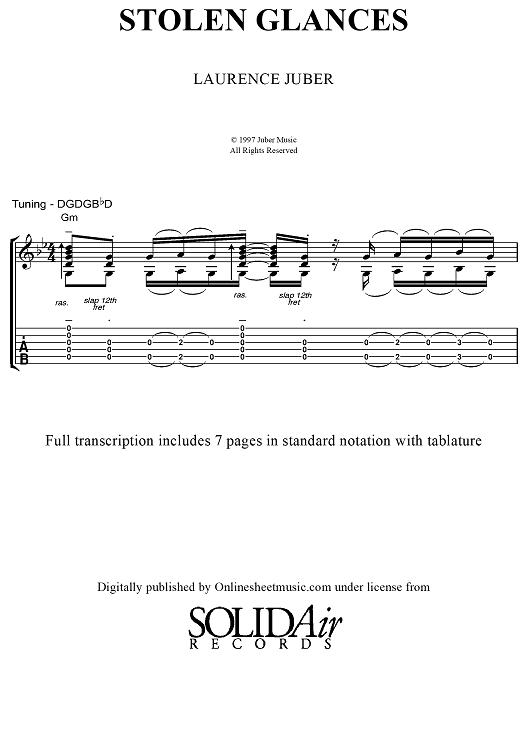

Considering issues of cultural specificity, she noted that a curatorial project that reads as as queer in one context might not be perceived as queer in another. In her introduction Cervantes highlighted how the ways in which artworks or exhibitions might be queered through contemporary curatorial processes are not clearly defined, and that such projects raise issues of identity and identification. Initiated by art historian and writer Susana Vargas Cervantes as part of her Brooks International Fellowship residency at Delfina Foundation in London, in collaboration with Tate, the programme was developed and led with Helena Reckitt. It brought together curators, writers, art historians and researchers to explore the limits, scopes and tensions of a queer curating’s potential. This seminar/workshop explored the art historical and theoretical background to queer curatorial practice that thinks not only of gender and sexuality but also race/ethnicity and class. But the eighties saw the emergence of something less disciplined with greater acknowledgement.Official URL. Within feminism the 70's were marked by highly regulative and deconstructive practices. The appearance of this collection at the beginning of the nineties is significant. The question of lesbian identity is explored in relation to other identities such as race and class, and the book includes historical and theoretical perepectives on censorship, lesbian pornography and sadomasochistic relationships.


Stolen Glances makes available to a wider audience a lively and diverse selection of writing and photography by lesbians from Britain and North America. To date relatively little has appeared on lesbian representation, and what has appeared has often existed in isolated or ephemeral contexts. The past fifteen years have seen the growth of publications on sexual and cultural politics, both feminist and gay. STOLEN GLANCES: LESBIANS TAKE PHOTOGRAPHS, Tessa Boffin and Jean Fraser, Pandora Press 1991 pb 12.99


 0 kommentar(er)
0 kommentar(er)
